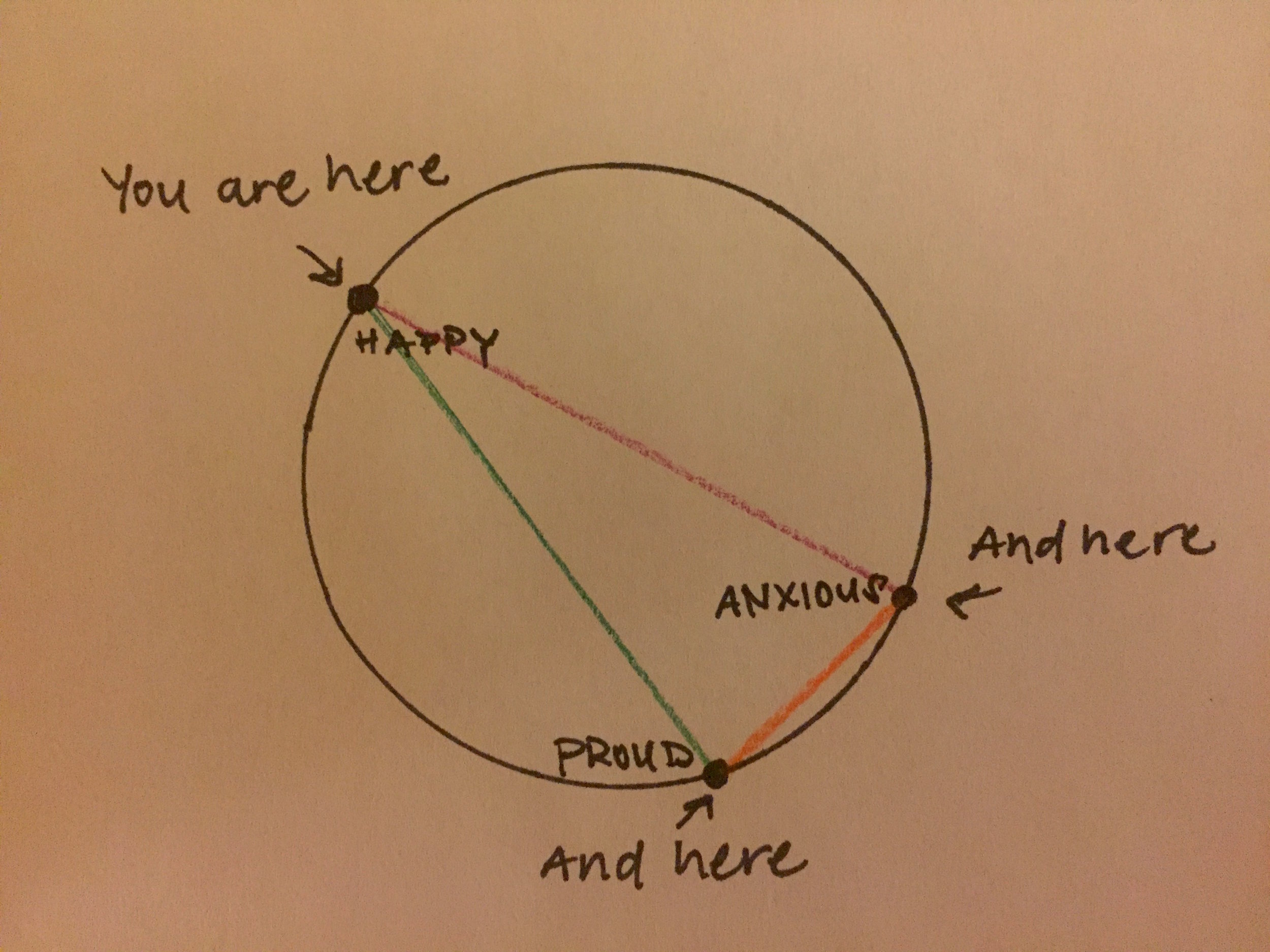I am part of a generation that has grown up in-tandem with the emergence of social technology — the dial-up modem tone (along with No Doubt’s ‘Tragic Kingdom’) was the soundtrack to my pre-teen years, my Motorola razor flip phone was a kind of social status symbol in middle school, and my freshman year of college was punctuated by deciding between cementing my online identity on either MySpace or Facebook.
But putting my farcical tone aside, it is sobering to look at my developmental timeline paralleling the proliferation of technology. How has this impacted my trajectory and that of my peers’? In what ways has it helped and/or hindered our humanness?
On a positive note, technology has given me a way to grow my knowledge and expose me to things I may otherwise remain naïve to. But with all that real (and valuable) information to absorb, I admit a moderate pre-occupation with the curated perfection friends/followers/influencers present regarding their latest exotic adventure or gastronomical endeavor.
While this in and of itself does not dismay me outright (except perhaps the amount of time I spend scrolling aimlessly), it is more that I often times find myself preferring to consume the stories and public content of my online friends to having actual in-person interactions with them. With an internal gasp, my anxious self-criticizing voice pipes in: “Are you some kind of voyeuristic sociopath”?
“Turkle further cautions that not only are ‘… we not making the time because we feel we don’t have the time, [as a result] we’re losing the skills that we get from talking to each other face-to-face: skills of negotiation, reading each other’s emotion, having to face the complexity of confrontation, dealing with complex emotion, and [navigating] confrontation.’”
Thankfully, author and researcher Sherry Turkle, who has been studying the effects of digital culture on young people for over 15 years, can provide some sobering information to quash my paranoia. She reports social media is contributing to people choosing simplified communication over unpredictable yet meaningful conversation.
In her work, she asks my fellow millennials why real conversation is something to avoid. A common response is: “You can't control what you're going to say, and you don't know how long it's going to take or where it could go.” She goes on to identify that “…this is the kind of thing that people feel they don't have time for in their incredibly busy [and stressed] lives…and it's what people are getting used to - not wanting to make space for [conversation] emotionally.”
Turkle further cautions that not only are “… we not making the time because we feel we don't have the time, [as a result] we’re losing the skills that we get from talking to each other face-to-face: skills of negotiation, reading each other's emotion, having to face the complexity of confrontation, dealing with complex emotion, and [navigating] confrontation.”
Her words ring so true for me. It’s as though my time interfacing with well… anything except a real face…has left me little chance to develop the competency to negotiate the rich complexity of interpersonal interaction. Rather, my mind is too busy playing catch-up to the tsunami of content available at my fingertips. In this regard, I am the modern every (wo)man; as convenient access to content increases, consumption of it increases; and in turn, the less time/energy is available to do things that are less convenient (say have a face-to-face conversation) and, therefore, we do it less.
My glowing screen has become the proverbial Great Wall of content – it is hard to escape its reach and it provides an illusion of safety from the uncertainty of unscripted dialogue with others. But it’s lonely behind the wall - a space paradoxically full yet empty. Perhaps I have to face my fears of engaging in an unpredictable world full of unpredictable humans. I guess my Fear of Engaging (FOE) is what is giving me real FOMO.
Lauren Ziel, MSW is a Registered Associate Clinical Social Worker, ASW #76483, working under the supervision of Gabrielle Taylor, PhD. Through the use of movement and mindfulness, Lauren develops specialized treatment for anxiety, depression, eating disorders, challenges in life-stage transitions, relational difficulties, and identity/intrapersonal development.









